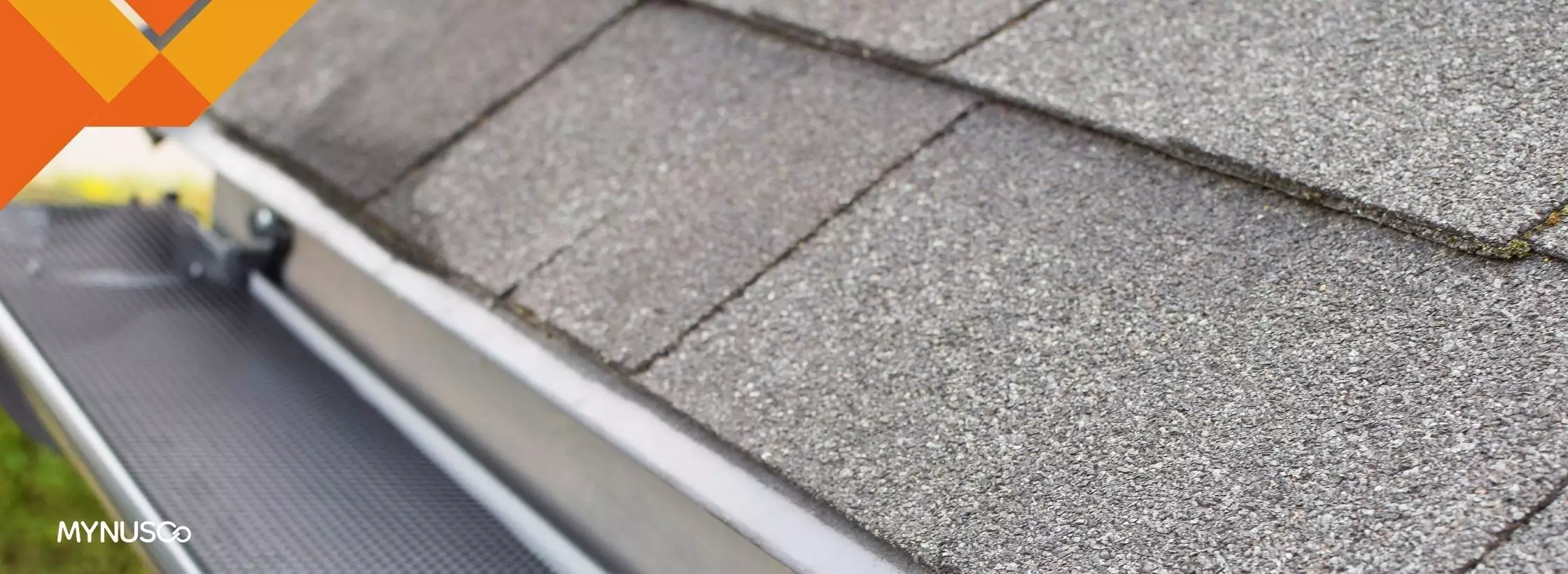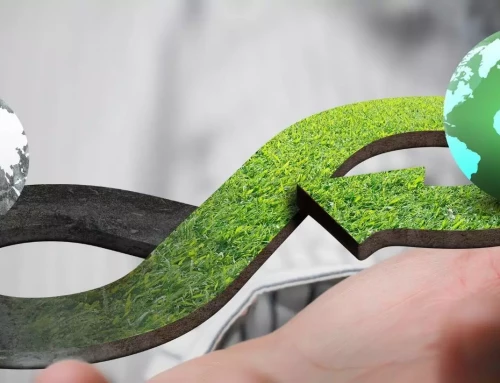We at Mynusco are transforming the plastics industry
The production of plastics has steeply increased in the last 3 decades; ~36% of which is single-use, and almost all of it is made from virgin plastic. Although plastics can be broken down into broad types or categories, there are thousands of different plastics, each with its composition and characteristics. By convention, 7 main categories of plastics are recognized.

Another way of classifying plastics is by the thermochemical processes involved in treating them.
| Thermochemical process | Treatment | Examples |
| Thermoplastics | Can be re-melted and essentially returned to their original state | polyethylene, polypropylene, polyvinyl chloride, polystyrene, nylon, polycarbonate etc |
| Thermosets | Are usually produced and formed into products at the same time—and they cannot be returned to their original state | vulcanized synthetic rubber, acrylics, polyurethanes, melamine, silicone, epoxies |
| Engineered plastics | engineered to have enhanced mechanical properties and often greater durability than other materials | Polycarbonate, polyamide, ABS plastic |
| Plastic fibres | plastics that have been spun into fibers or filaments that are used to make fabrics, string, ropes, cables—even optical fibers and body armour | polyester, nylon, rayon, acrylic, and spandex |
In the 50 years or so of the recycling industry, According to a study by Helmut Kaiser Consultancy, less than 3% of all waste plastic worldwide gets recycled, compared with recycling rates of 30% for paper, and 35% for metals, and 18% for glass. ~10% of plastic waste is household. Plastics take 100’s to 1000’s years to degrade while they are in landfills or oceans.

We @ MynuscoTM are aware of this global situation and our empathy to reduce avoidable consumption of plastic is seen in our responsible biocomposite materials and products. Not only so, but we have developed a platform for multiple components that constitute the circular bio-economy, in which we anticipate your participation as the champions of sustainability. On the platform, customers will be able to select materials, develop materials or products, and receive processing support for product manufacturing. Our outlook is to surpass our existing offering, beyond the production of biomaterials. We have added the aspect of research, development, and design of biomaterials and offer more than 1000 different biomaterials on our platform.






